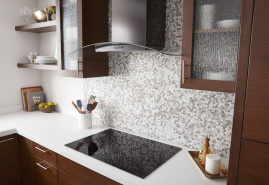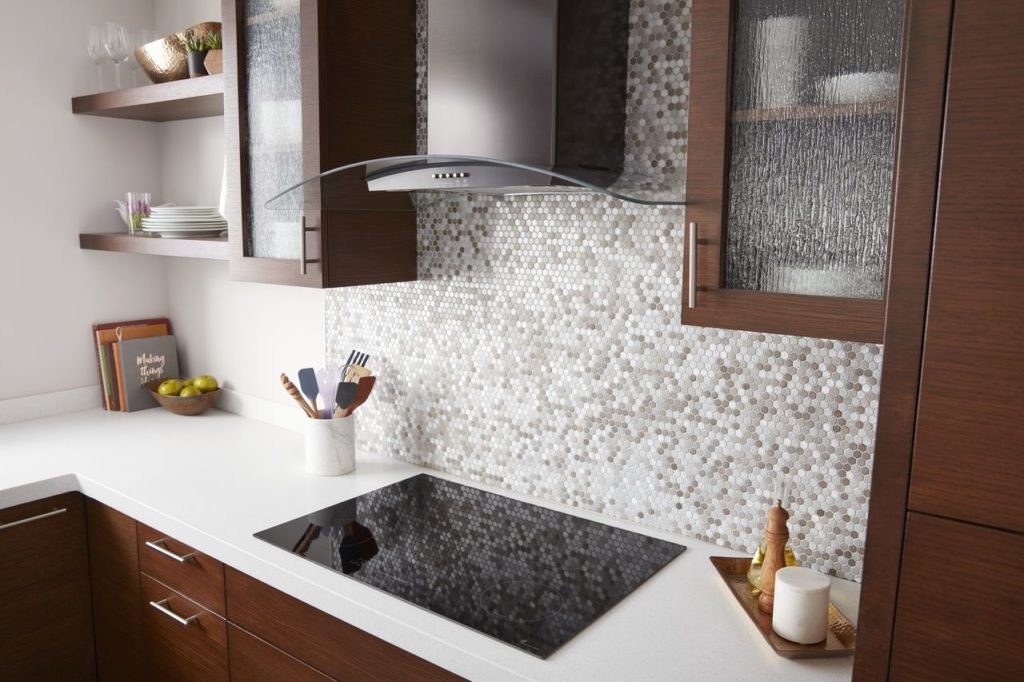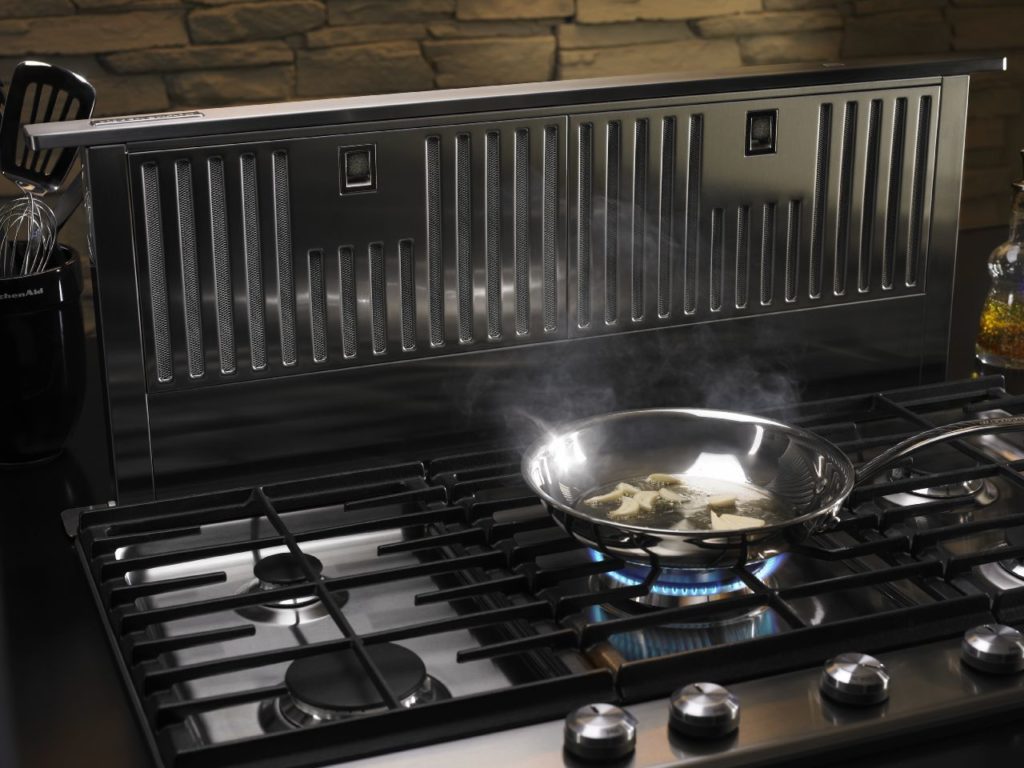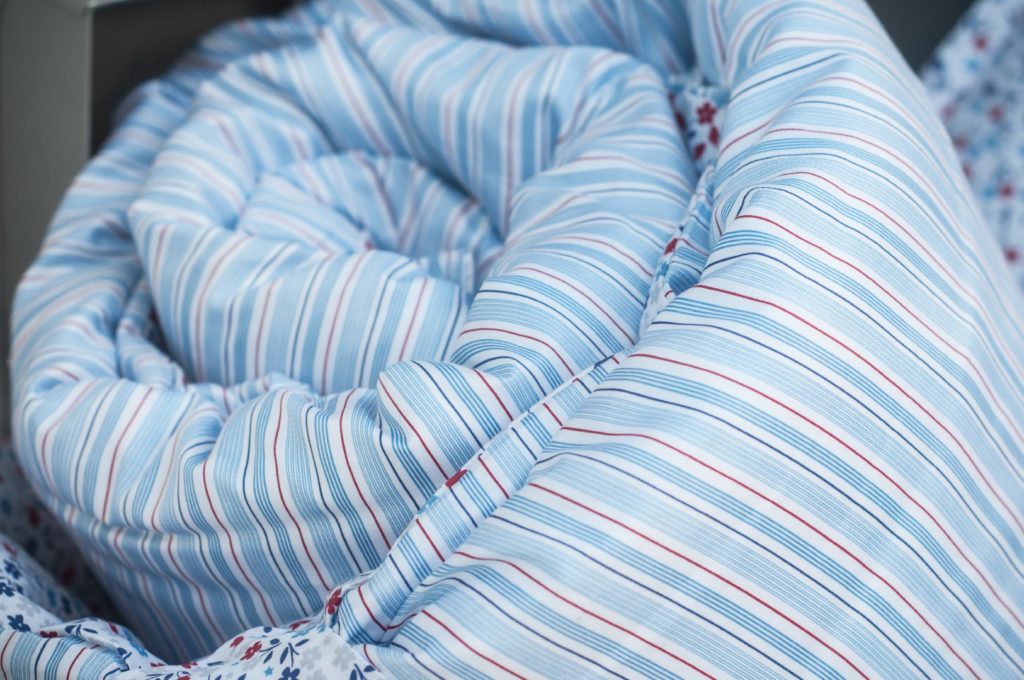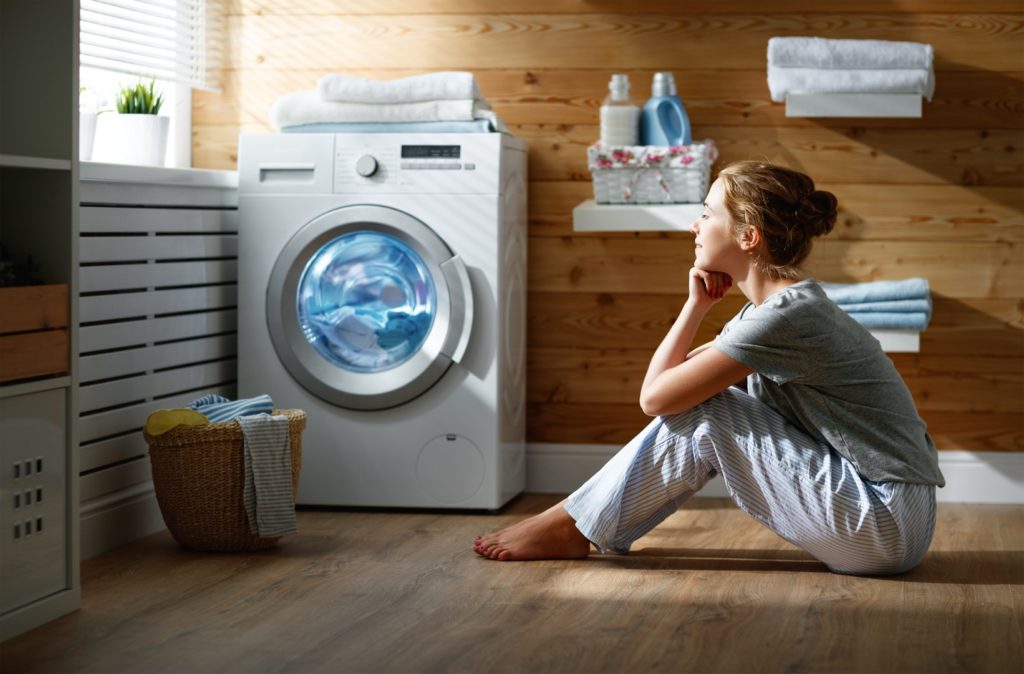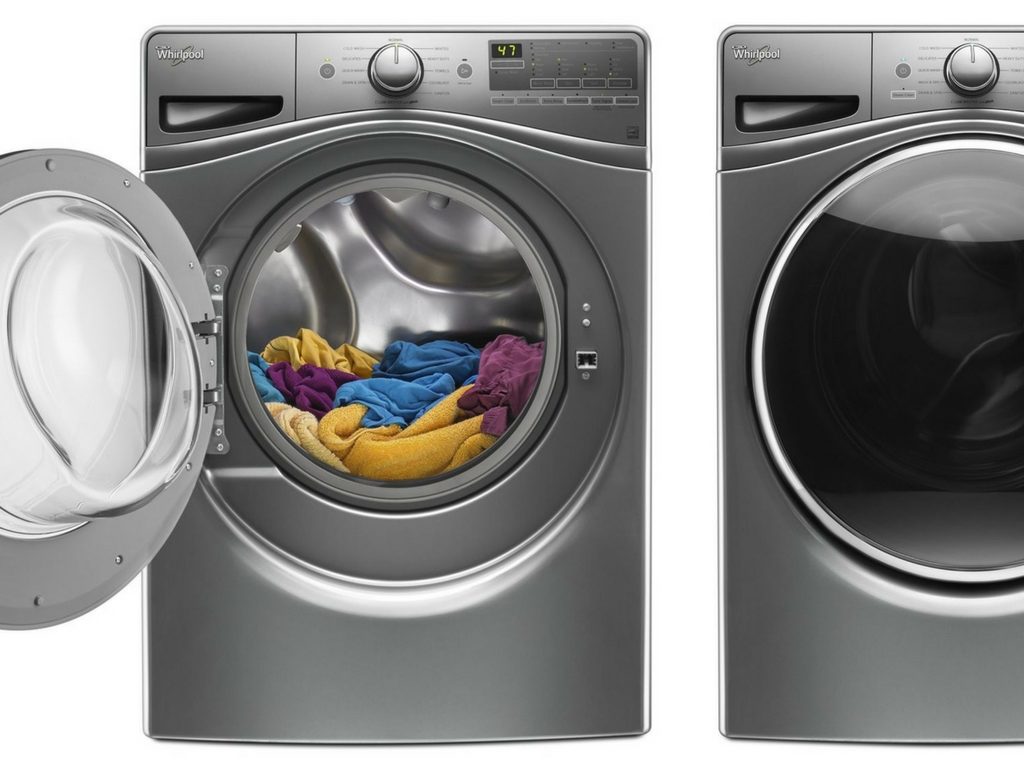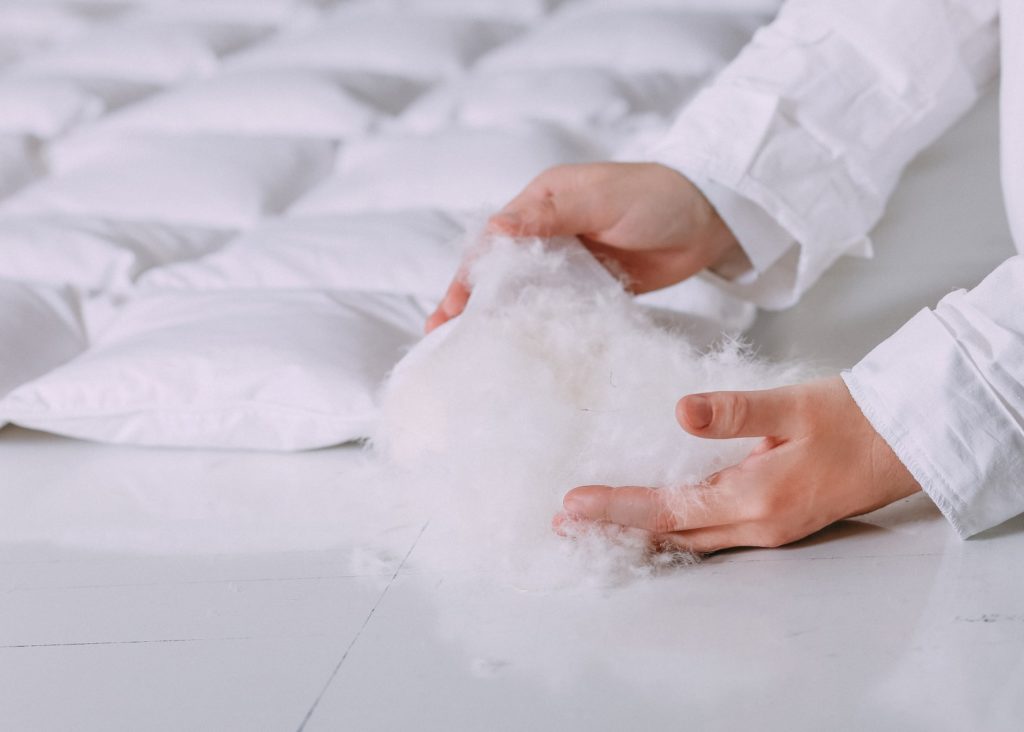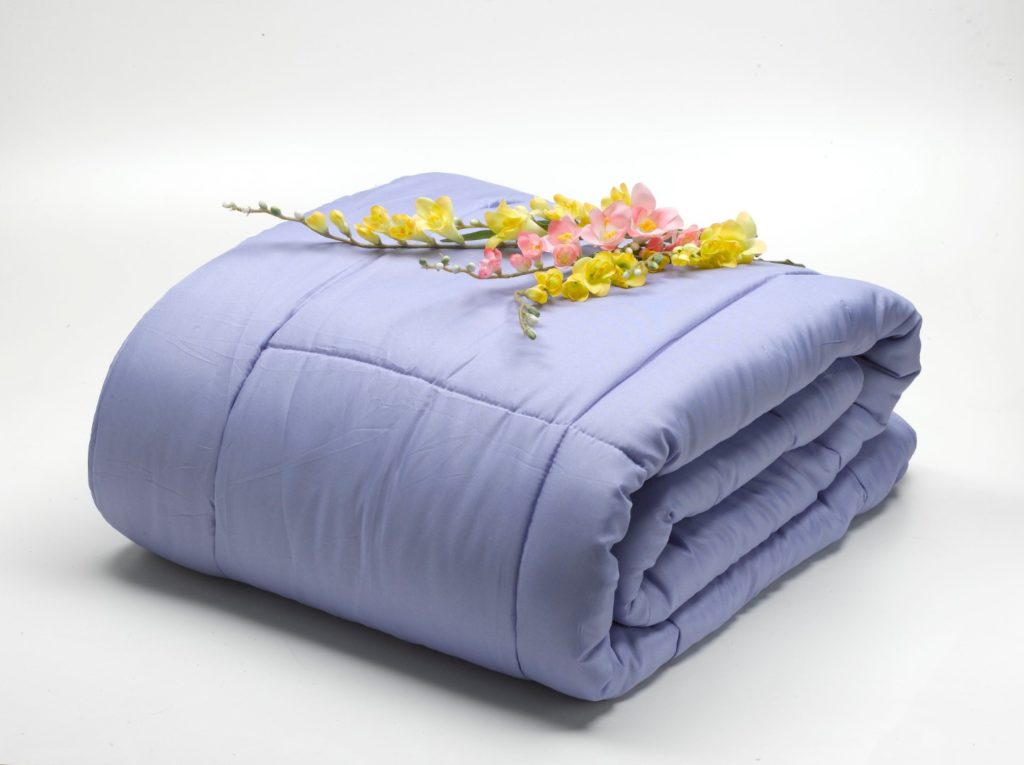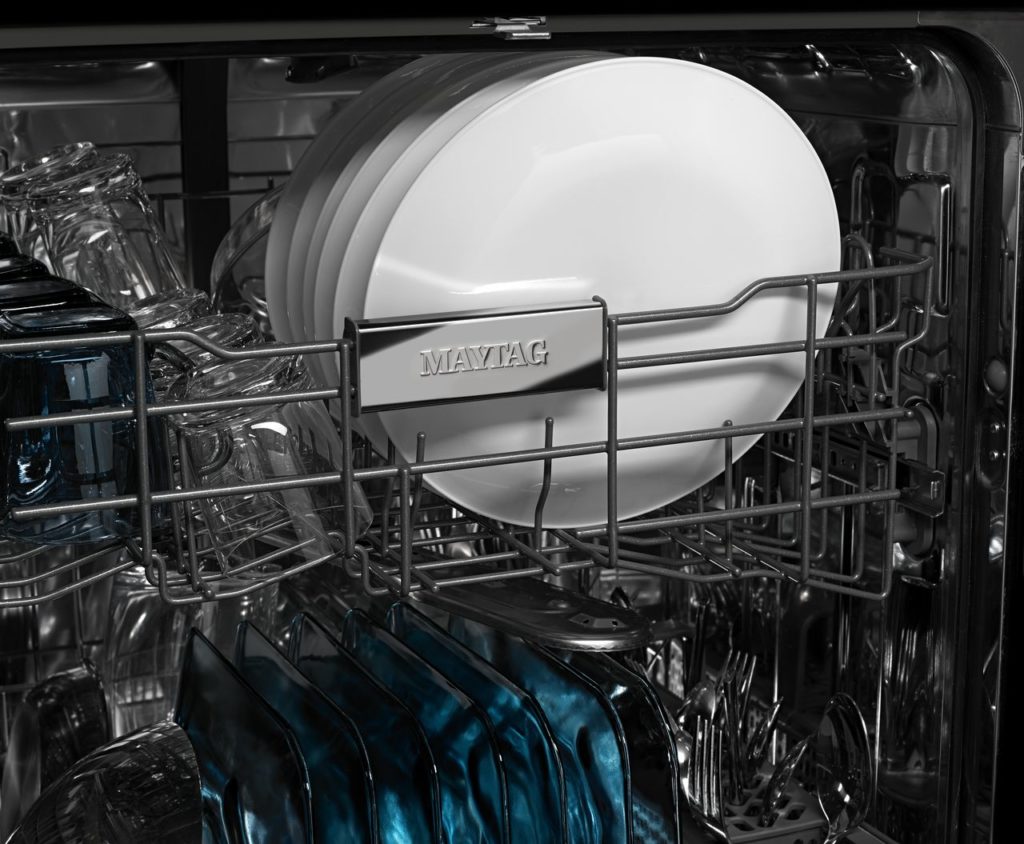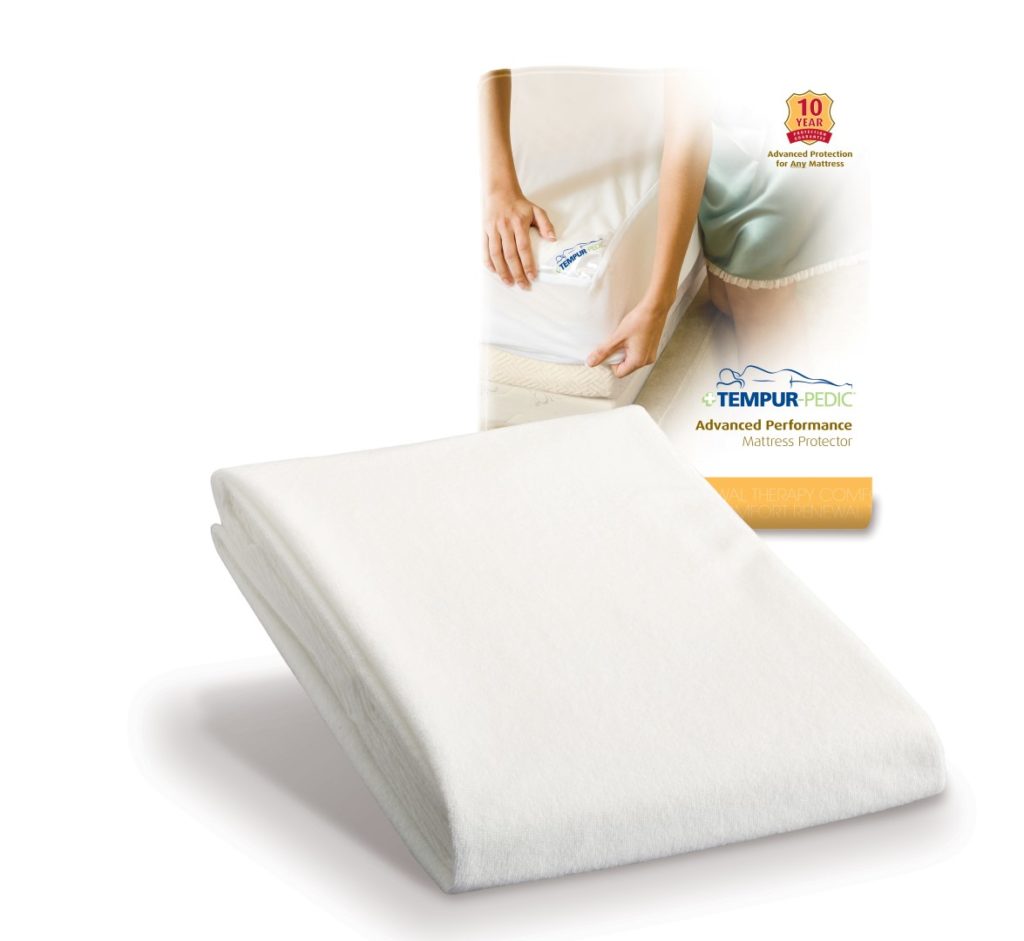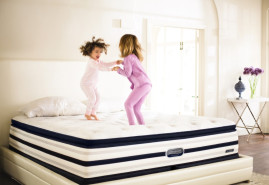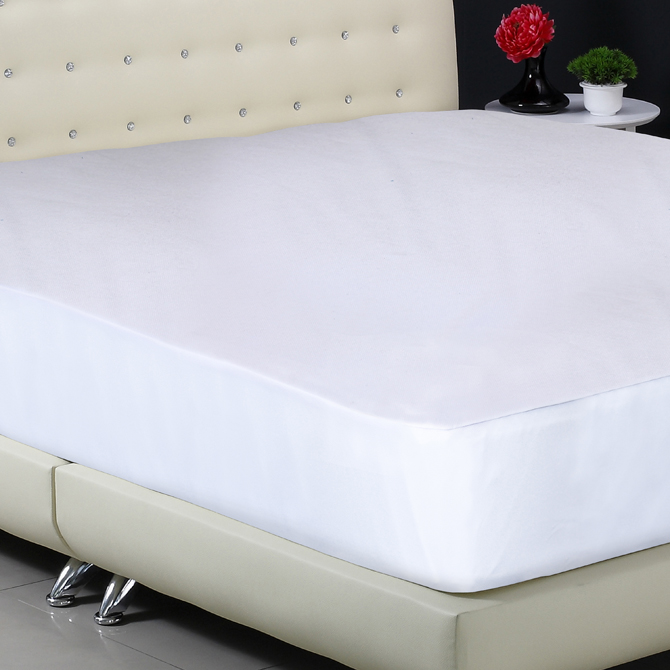
You know when the days get longer, and the sun shines brighter, it’s spring cleaning time! After a long cold winter, we get that instinctive urge to open windows and freshen things up. With that extra daylight, we can see what we miss in the dark of winter. We shouldn’t, however, keep it only to new comforters and sheets, but consider a full room makeover.
Here are some ceiling-to-floor simple ideas to get that fresh feel back into your bedroom.
1) Wash Your Walls and Ceiling
This isn’t as difficult as it sounds. Begin by removing all the wall hangings and window dressings as well as all items from the top of your dressers. Your bed should be bare except for an old sheet to protect the mattress from falling debris.
Open all windows. Using a damp microfibre style mop with a telescopic handle, wipe the ceilings and walls. Regularly rinse out the mop in the bucket. If you suffer from allergies, add a few drops of lavender to the water as this will add an extra layer of anti-bacterial protection.
2) Dust Everything Else
If there are any hanging lamps or ceiling fans, get to those next with a vacuum and damp cloth. Table lamp shades should be vacuumed and intricate designs cleaned with a damp cloth. Vacuum the backs of the dressers, something always missed which collects its share of dust. Rather than returning everything back to the dresser, reduce, recycle, or reuse elsewhere.
3) Paint or Not to Paint

Your bedroom may be in dire need of more than a wipe down so if you see a paint job in your future, consider colors that are known to promote a better-quality sleep. Experts say that before you pick your colors you should consider your décor style: dark and cozy or light and airy, solids or patterns.
Experts also say that your bedroom walls should promote relaxation so light blues, greens, grays, and whites are the best. Add your unique style with a punch of color in your selected accessories.
4) Clean Your Bed
Wash or Replace Your Sheets: The life expectancy of bed sheets is typically 10 years, but it is all dependent on the quality of the fabric, the wear and tear they have seen, and washing methods. Refer to this informative blog When to Change Your Bed Sheets for more expert-suggested guidelines.
Use a Mattress Protector: Some consumers skip this level of protection for their mattress, but they really shouldn’t. To stretch the life of your mattress from the wear and tear, stains, and ensure allergen protection, mattress protectors should be your first line of defence! Read more from my previous blog Mattress Protectors: The Buying Guide.
Vacuum Your Mattress and Bed Frame: One last step before you place your mattress protector and sheets back on, make sure the mattress top gets a good vacuuming. Sprinkling some baking soda infused with a few drops of lavender oil will ensure that you are getting to the microscopic bugs and bacteria.
Your headboard and footboard, as well as your bed frame, should get a good clean, ideally with a damp cloth.
For complete information about how to care for your mattress, read these two blogs:

Don’t Forget Your Pillow: Where you place your head at the end of the day should be clean and protected from allergens. Wash your pillows regularly as per manufacturer’s instructions and always use a protective case before your bedding’s pillowcase.
These two blogs will help you with that step:
5) Declutter Your Drawers and Closet
This may be by far the most difficult for many as it usually means getting rid of stuff you no longer need but tug at your heart. The simplest route would be to use the KonMari method. This method for decluttering uses the philosophy of keeping only what makes you happy and not focusing on the end result of donating or discarding. It essentially becomes a meditative practice. See the Kon-Mari method in action below.
Happy Spring cleaning!
Angela, Your Sleep Expert


